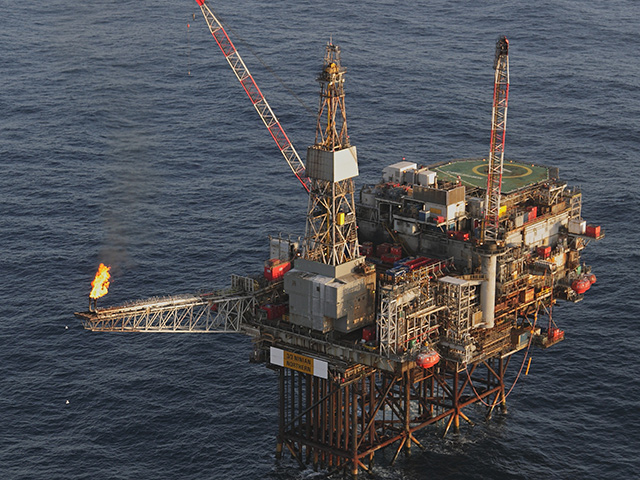
The UK is poised to lead the way as operators increase spending on North Sea decommissioning work amid low oil prices, according to a new report.
Independent research company Rystad Energy has predicted Britain is in line for nearly 80% of the £14billion it estimates could be spent on removal projects in north-west Europe over the next five years.
The researchers said that, with exploration and production budgets slashed since the Covid-19 pandemic took hold and sent oil prices tumbling and few profitable investment alternatives, operators are now likely to increase spending on decommissioning projects.
Rystad estimates the value for the market world-wide may reach £34.5billion by 2024.
The report added that, with an average asset age of 25 years, the north-west European decommissioning sector could grow 20% in annual commitments over the next 18 months if the current low oil prices do not show signs of substantial recovery soon.
It continued: “In addition to a rapidly maturing asset base and low oil prices that erode commercial viability and potential life extensions, the North Sea decommissioning market will also be helped by favourable service contract prices.”
Rystad energy service analyst, Sumit Yadev, said: “A protracted low price environment can potentially motivate operators to leverage low contract prices and commit to their asset retirement obligations, thus spurring decommissioning activity in the north-west Europe region.
“This will also provide welcome opportunities for contractors in an otherwise gloomy oilfield services market.”
The report warned increased spending on decommissioning may limit the room for operators to invest in other segments, including exploration, development and enhanced oil recovery initiatives.
Leading players such as Shell, Total, Repsol and Premier Oil are expected to assign 10% or more of their North Sea spending in the next five years to removal projects.
Only about 15% of North Sea assets have been decommissioned to date, but in its latest report, Rystad Energy predicts an average of 23 assets will cease production annually over the coming five years.
The research firm expects during the next decade operators will carry out the decommissioning of more than 2,500 wells in the sector, of which 1,500 are in the UK Continental Shelf (UKCS) area.
It said nearly 300,000 tonnes of topsides will be removed from the UKCS by 2025, along with almost 100,000 tonnes of substructure.
With around 50 topsides due to be decommissioned, Rystad estimated an average removal cost of more than £4,300 per tonne.
Plugging and abandonment (P&A) of wells is expected to make up about 45% of decommissioning costs over the next five years, followed by platform removals, which will account for nearly 20% of total expenditure.
Platform wells will be the dominant segment for P&A activity, making up about 65% of the total well abandonment, while the rest are subsea wells.
But, in cost terms, subsea wells will take the lead at an average of £9m each to abandon, compared to £4m for a platform well.
Some of the leading assets that will drive the North Sea decommissioning market include the Brent, Ninian and Thistle fields in the UK and Gyda, in Norway.
Shell’s Brent project would emerge as the single largest asset decommissioned globally, representing an outlay of nearly £2.5bn alone over the coming decade.
Rystad said the current low oil prices could play a “pivotal role” in boosting decommissioning spending in the UK if they persist beyond the end of this year.
Nearly 10% of all UK offshore assets have lifting costs above £20 per barrel, which will hamper their life extension prospects and make removal a better financial option if low prices continue.
Recommended for you
